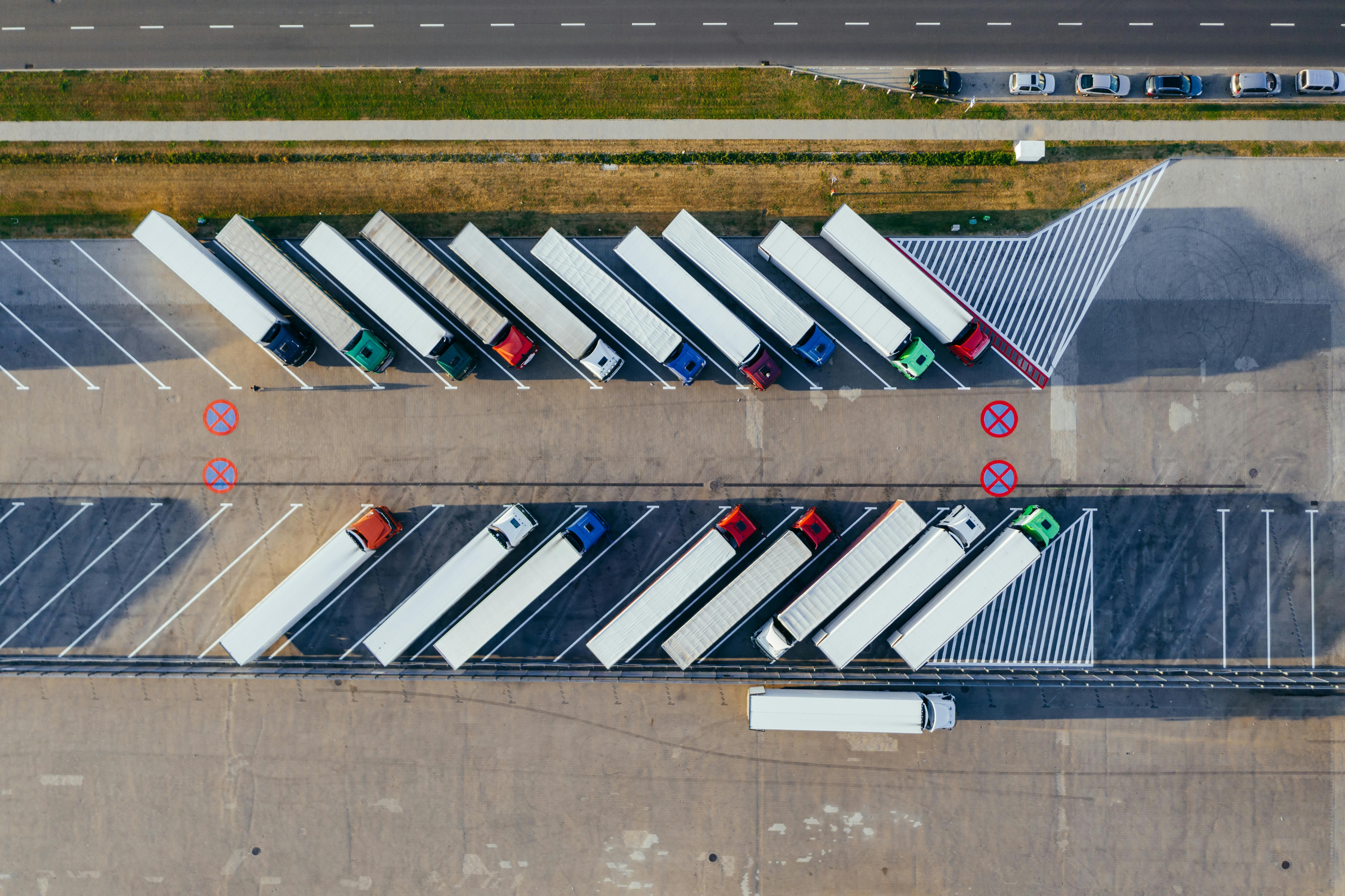The insurance sector is now seeing the same dynamics many other sectors have already experienced — startups and other tech firms are innovating one or more steps of the value chain that traditionally belongs to financial institutions. Insurtech has seen extremely important investments in the last years, and the word “disruption” is coming out frequently in insurance debates. But I consider it a joke when an industry conference shows a picture of a newborn and sells it as its last intermediary or its last client to have purchased an insurance policy. How to start from the strategy looks like One U.K. insurer, MORE TH>N, addressed claims related to the obesity of the insured dogs. It invented a value proposition that provides the insurance coverage, adding all the preventive treatments a dog needs, a monthly box delivered to your home with the accessories and food that your specific dog needs and a pet tracker to nudge you to make the dog exercise more. Moving to insurance for humans, the South African insurer Discovery demonstrates incredible innovations. Over the last 20 years, the insurer has introduced new ways to improve policyholders’ lives using connected fitness devices to track healthy behaviors, generate discounts and deliver incentives for activities supporting wellness and healthy food purchases. Insurers were able to imagine and execute these exceptional innovations. For this reason, I’m positive regarding the future of the sector. I’m convinced that insurance companies will still be relevant in the future — or will become even more relevant than they are now — but these companies will have to be insurtechs or players who use technology as the main enablers for reaching their own strategic objectives. See also: Insurtech: How to Keep Insurance Relevant Insurance IoT is one of the first insurtech trends to come of age. Sensors have become a ubiquitous part of everyday life, expanding to include people and businesses around the world — even while they connect us more intimately with those nearby and with ourselves, as well as with our homes, workplaces, possessions and increasingly, insurers. Today, there is more than one connected device per person in the world, and some analysts estimate 50 devices for a family of four by 2022. The insurance sector cannot stop this trend; it can only figure out how to deal with it. “Connected insurance” — insurance solutions using sensors to collect data on the state of an insured risk and telematics for remote transmission and management of that data — is the name of the game. Auto telematics is the most mature use case, but there are relevant innovative initiatives both on home and health insurance. Connected insurance is affecting the whole insurance value chain and generating real value for insurance P&L. The five main value creation levers are:
- Behavior “steering” programs: leading the client toward less-risky behaviors, therefore reducing their claims;
- Value-added services: developing client-tailored ancillary services that allow the insurer to deliver enlarged value propositions;
- Loss control: developing a broad approach to reduce claim costs –acting in real time on the single situation to mitigating the risk before the damage happens and contain the damage –anticipating the claims management and improving reimbursement valuation, improving the efficiency of the claims process
- Risk selection: creating value propositions able to attract fewer risky clients, improving the quality of the underwriting process based on the sensors’ data or increasing the efficiency of the underwriting process
- Dynamic risk-based pricing: developing insurance policies with pricing linked to client individual risks and behaviors (on one side: reducing premium leakages; and on the other side: offering low-risk individuals lower prices to increase their retention and acquisition)
The connected insurance paradigm is based on the value sharing. In any business lines, insurers can, on one side, use the data from connected devices to generate a value on the insurance P&L, and, on the other side, build value propositions focused on sharing this value through incentives, services and discounts. The value creation equations will become more and more articulated with the diffusion of those approaches on the market, but that scenario will be characterized by relevant value sharing. You can figure out the level of positive externalities generated by an insurance sector that is able to change behaviors and prevent risks. I created two Insurance IoT think tanks — one dedicated to the North American market and one to the European one — consisting of more than 50 insurers, reinsurers and tech players and formed to discuss the insurance IoT opportunity and promote a culture of innovation in the insurance sector. From the discussion I have with them weekly, I believe the concrete and actionable five levers mentioned above will allow insurance carrier to exploit the value of the IoT data on their P&L. This approach represents a unique competitive advantage over any other players in the IoT arena. In this way, insurance carriers will stay relevant or become more relevant than ever. The benefits for the insurance sector of adopting this paradigm also include the increased frequency of interaction with the customer — a proven way to garner greater loyalty — and the unique opportunity to increase knowledge about customers and their risks. See also: The Insurance Renaissance Rolls On It is a pity to hear futurologists at insurtech conferences imaging insurance IoT use cases as an AI within a connected home, buying insurance via smart contracts when the fridge needs maintenance or as an AI within a wearable watch buying insurance via smart contracts in case you are injured playing basketball. This will not be insurance — there isn't risk transfer or randomness (accidental and unintentional loss). Instead, the business model and the role of insurance companies are enlarged by this technology. The essence of the insurance sector — since its origin in 1347 — has been assessing, managing and transferring risks — but the direct results of the technology adoption are “superpowers” to do the same things much better.







